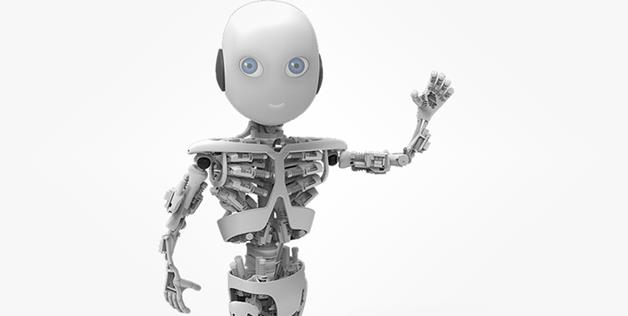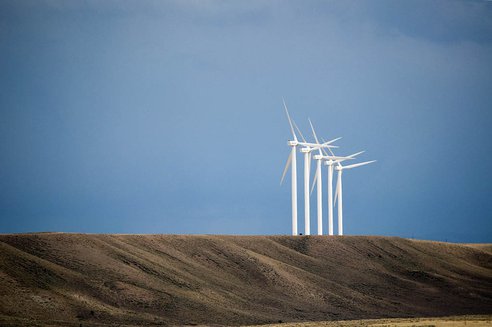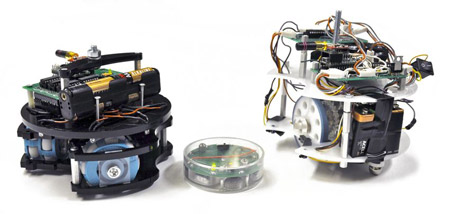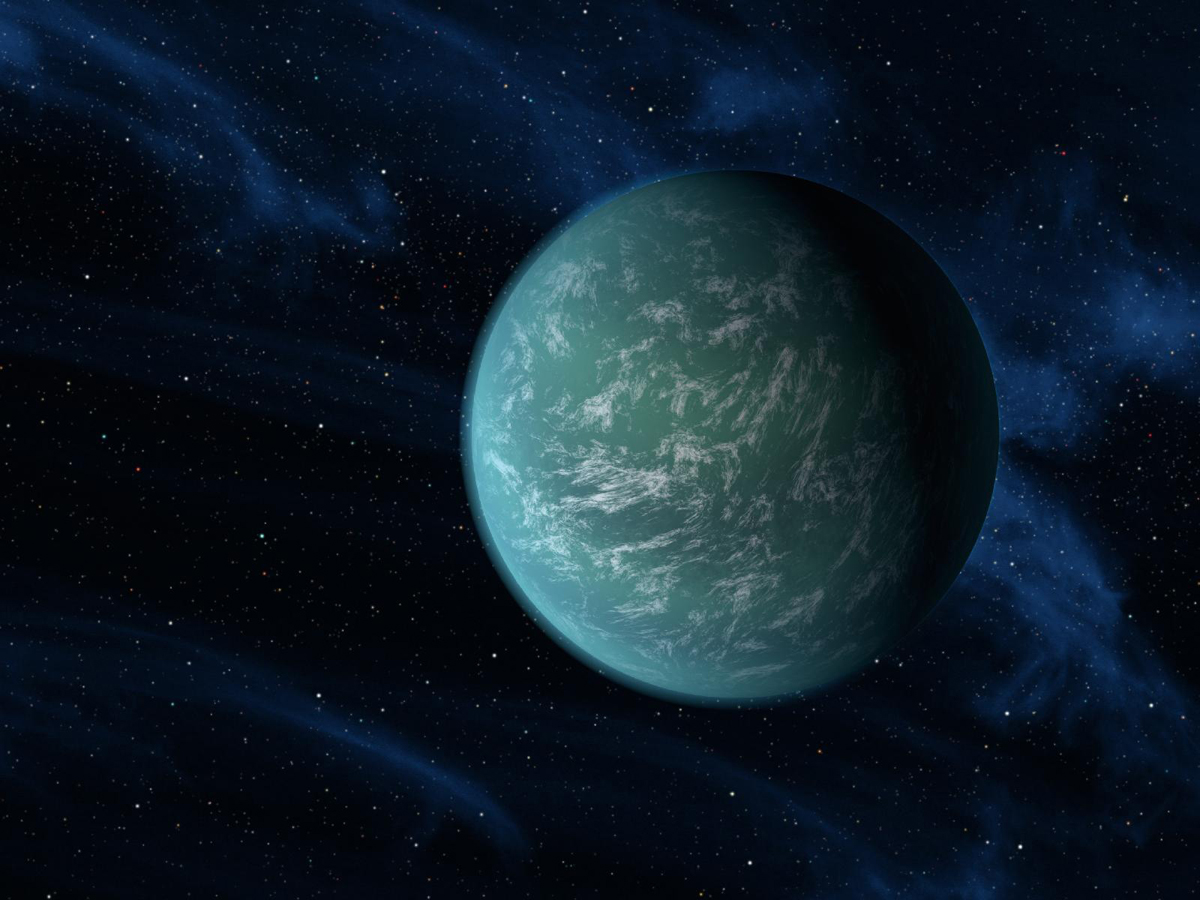On this our last headlines posting for 2012 I have selected the following five stories:
- Wind Power Tax Policies Have Worked to Increase Capacity;
- Robockey – Robotic Game Sharpens Engineering Skills;
- Can Geo-Engineering Stop the Arctic Sea Ice From Melting?
- Roboy Project Focused on Giving Birth to Humanoid in 9 Months;
- Astronomers Predict 2013 to be the Year We Find the First Earth Twin.
Tax Policies Work to Increase Wind Generating Capacity
Carrots and sticks! Carrots and sticks! I talk about this often when describing ways to deal with carbon through implementing policies like cap and trade. In the case of wind power installations in the United States, it’s all about carrots. In a Bloomberg report filed this week it was announced that new wind capacity reached 6,519 Megawatts as of November 30, 2012. That compared to new natural gas additional capacity of 6,335 Megawatts in the same period. New wind capacity was more than double new coal-power capacity. And analysts of the industry are predicting that by December 31 wind capacity in the United States will exceed 12 Gigawatts for the first time.
Why is this happening? Because of the American government issued production tax credits for the last 20 years, a subsidy that made wind power an increasingly attractive investment. The subsidy came in the form of a tax credit worth 2.2 cents per kilowatt-hour for produced power. The stick in the equation was the wind power had to be operating by January 1, 2013. With the carrot about to run out, the American Wind Energy Association has asked the U.S. government to consider a six-year phase out of the policy with the subsidy completely gone by the start of 2019. But many utilities believe that wind no longer needs a subsidy to be a viable energy source.
Engineering Students Teach Robots to Play Hockey and in the Process Teach Themselves
The University of Pennsylvania School of Engineering has an interesting final exam for its students. Those taking Design of Mechatronic Systems, a robotics course, must design an autonomous, hockey-playing robot and compete against others in the class. At the recent culmination of the course, more than 100 cheering fans congregated at Penn’s Levine Hall on December 12 to witness the final tournament. Teams were instructed to build three robots each. Each robot could be no larger than a two-liter (about a half-gallon) carton of ice cream. The air-hockey styled rink measured 2.5 x 1.2 meters (8.2 x 3.9 feet). Robots featured sensors that detect infrared light. Infrared lights were mounted on the ceiling of the hall to provide navigational reference points so that the robots could sense their location. Even the puck had infrared lights so that the robots could detect it. All the robots featured a single computer chip which the students had to program. Budget limit $120. Fun factor through doing a pure joy as you will see when you watch the video. Learning result unlimited according to the professor who created the course. Several students described it as the toughest course of the year spending more than 100 hours on the Robockey project alone.
Theoretically Geo-Engineering Could be One Way to Stop Global Warming
We humans are always looking for an easy way out of dilemmas even the ones we create. And some scientists are speculating that geo-engineering may be the answer to rising CO2 levels in the atmosphere. If we could refrigerate the Arctic we could restore sea ice levels to those last seen at the time of the Industrial Revolution. In a forum in IOPscience, hosted by David Keith, a professor of Applied Physics at Harvard University, scientists and engineers have been speculating for some years now on ways to intervene in the Earth’s climate to cool it down. The natural model they refer to is the eruption of Mount Pinatubo and the subsequent planet-wide atmospheric cooling that it triggered in 1991. In the case of the volcano, it spewed sulfur-laden ash into the stratosphere reflecting sunlight away from the Earth surface.
Considered by many as a bad idea whose time has come, some geo-engineers have proposed that we create our own artificial versions of the Mount Pinatubo event through cloud seeding. What would be involved? We would use jet aircraft flying circumpolar routes to inject aerosols into the upper atmosphere. This would increase cloud cover and reduce the amount of sunlight reaching the surface of the Arctic Ocean. The scientists speculate that a reduction of 0.5% in solar radiation would restore sea ice levels to those of the 18th century. Of course all the scientists are doing right now is playing with climate models, and not the Earth’s real atmosphere.
Roboy the Humanoid Robot to be Born in 9 Months
The University of Zurich’s Artificial Intelligence Laboratory is heading up a team involving 10 different institutes and companies around the world with the hope to give birth to a robot modeled on humans 9 months from now. Using crowd funding to underwrite the project, the end result will be Roboy, a robot that will move like a human and not like the humanoid robots we currently see. Those robots have actuators in their joints contributing to the style of movement that some refer to as robotic breakdancing. Roboy will be different. He will be built using soft robotics with tendon-driven manipulators that mimic human movement precisely. His skin will be soft to the touch and he will be designed to be a service robot, sharing living space with people. Roboy will unveiled at the World Congress and Exhibition of Robots, Humanoids, Cyborgs and more on March 9, 2013, the 25th anniversary of the opening of the Zurich AI program.
Mark 2013 Say Astronomers as the Year We Will Discover Earth’s Twin
Here are some basic Milky Way facts.
- 200 billion stars
- At least 50 billion planets if not more based on the small sampling the Kepler Space Telescope has given us
- A 1 in10,000 likelihood of Earth-like planets meaning a probability of at least 5,000,000 in the Milky Way alone.
The Kepler Space Telescope since 2009 has found evidence of over 2,300 exoplanets. If you are not familiar with the term, exoplanets, these are planets around stars outside our Solar System and even rogue planets wandering in interstellar space.
So far none that we have discovered has been a twin of Earth. Some planets have been found in the Goldilocks Zone (not too hot, not too cool, just right) orbiting neighboring stars. But so far they are much larger than our world.
In fact, of the planets we have discovered and confirmed so far (more than 800 to date) most are gas giants like Jupiter and Saturn. More recently, however, we have been finding rocky planets, of which Earth is one.
A Kepler discovery in December 2011 found one of these in the right orbit but it was almost 2.5 times Earth’s mass. It has been named Kepler-22b and you can see it in the image below. Since its discovery we have found 9 more in Goldilocks Zones, all bigger than Earth. And we have also discovered Earth-sized planets but not yet one in a Goldilocks Zone. But with all the discoveries that Kepler is making it is only a matter of time before we find the first one that is the right size, in the right orbit, around a star emitting enough solar energy to allow liquid water to exist on the planet’s surface. And that time may be 2013.
A Postscript
To live in the 21st century is to experience a period so different from any time in our human past. There are so many of us doing so many things. Our collective knowledge continues to grow at geometric rates. Hopefully that collective knowledge will yield collective wisdom. My aim is to continue letting you, my readers know about just some of the many amazing new discoveries and inventions that may smooth our path through the 21st century. And so I thank you for dropping by in 2012 and welcome you to come back often in 2013.
– Len Rosen













Seems likely that Kepler has already discovered a number of Earth sized planets in Goldilocks zones. But it takes three years to confirm, and who knows when NASA might decide to announce results. 2013 is a good guess for announcement.